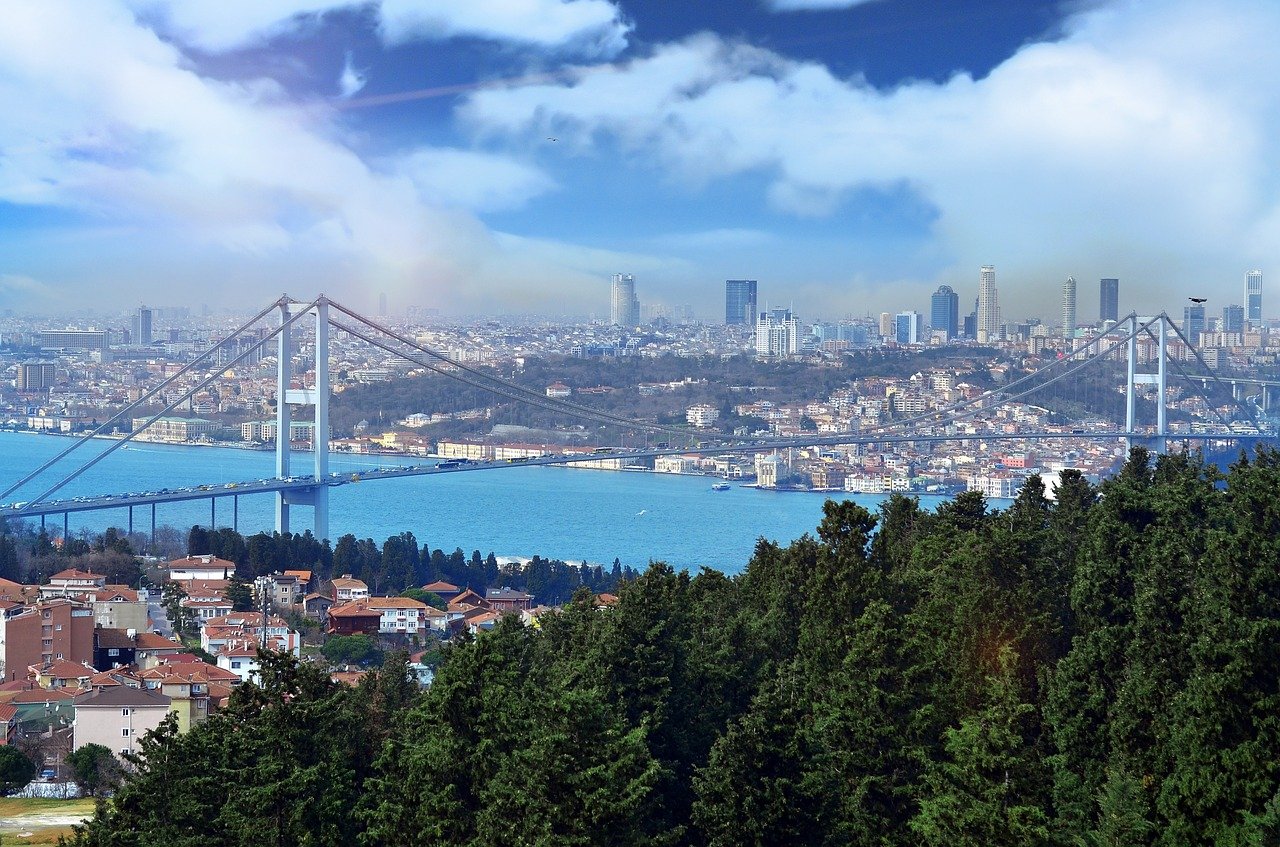Turkey has long been a geopolitical and economic gateway between Asia and Europe. It also holds a strategic position for international network development, offering a natural potential for diversified subsea and terrestrial routes along the Digital Silk Road.
TeleGeography Research Analyst Elliott Cheresh is gearing up for Capacity Eurasia 2018 in Istanbul, where he’ll moderate a panel about the untapped potential for new routes across the region.
If you’re also headed to the September 11-12 conference, add his session to your agenda. Tuesday at 11:30.
In advance of the main event, Elliott gave us a preview of the conversation.
You’ll be in Istanbul, which is a veritable telecom hub, discussing the strategic importance of Eurasia for cable routes. What is the current cable situation like in the region?
Istanbul has indeed emerged as a hub for both global IP transit and transport connectivity in recent years.
Turkey’s proximity to both the Middle East and Europe makes it first and foremost a hub for terrestrial connectivity. Turkey’s largest transport links are to Europe, with Germany, Bulgaria, and the Netherlands leading the way. But Turkey also serves as an important link to Iran, Iraq, and the wider region. As the colocation and interconnection environment in Turkey develops, however, these dynamics may change. An increase in local peering may de-emphasize Turkey’s terrestrial links to Europe.
The launch of SeaMeWe-5 last year and recent lighting of additional capacity also puts Turkey on one of the most important links on the fast-growing Europe-Asia route.
Further, the MedNautilus system also provides Turkey with robust connectivity to other landings around the Mediterranean.
It looks like your panel will cover the constant quest for low latency and the part played by alternative routes in that pursuit. What’s the background there? Are more alternative routes coming? Are options pretty diverse to start off?
Yes, as both terrestrial and submarine cable connectivity options proliferate across the region, customers face an ever-widening array of options for connecting endpoints. Fully terrestrial routes, fully submarine routes, and routes that mix the two between Europe and Asia are all available.
The wide range of connectivity options offers customers more customizability, but also more complexity. While there are distinct advantages to each type of route option, there are also significant challenges that network operators have to weigh.
The availability of route diversity is always a chief concern. While Eurasia’s routes are distributed across a wide geographical swath, there are also some common bottlenecks. Carriers continue to pursue diversity and alternative routes in new and interesting ways.
What other topics are you looking forward to learning about while at Eurasia 2018? What do you think everyone will be talking about this year?
While robust connectivity and route diversity are a plus for the region, I am interested to see if demand is growing equally across all paths. I am also interested to learn how the rollout of 5G networks is impacting demand forecasts and how service providers are fulfilling mobile backhaul requirements. This new traffic could have profound implications for the state of the market.
Elliott Cheresh
Elliott was formerly a member of TeleGeography's pricing team. He specialized in pricing analysis for international private line, IP transit, broadband, and enterprise products, with a regional focus on Eastern Europe, Russia, and Eurasia.


